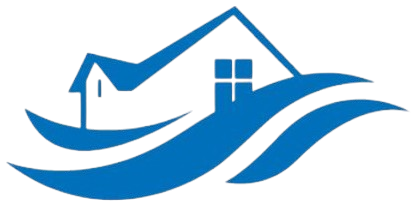Heating Equipment Fire Damage Restoration in Shadow Hills, California
Possible Causes of Heating Equipment Fires
Heating equipment fires can occur for a variety of reasons, often stemming from neglected maintenance or faulty components. Malfunctioning thermostats, damaged wiring, or old heating units are common culprits that can lead to sparks or overheating, ultimately sparking a fire.
Additionally, improper installation or usage, combustible materials placed too close to heat sources, and electrical issues can significantly increase fire risk. These situations often catch homeowners off guard, especially during colder months when heating systems are used more frequently. Recognizing these potential hazards is the first step towards preventing devastating fire damage to your property.
How We Can Fix That
Our team of experienced experts in Shadow Hills specializes in comprehensive fire damage restoration for heating equipment. We first conduct a detailed assessment of the affected area to determine the extent of the damage and pinpoint the source of the fire. This helps us develop a targeted plan for safe and effective restoration.
Following the assessment, we carefully remove any debris, damaged components, and soot buildup. Our team performs thorough cleaning to eliminate smoke odors and harmful residues which can pose health risks. We also work on restoring and repairing your heating system or replacing it if necessary, ensuring it is safe, efficient, and compliant with safety standards.
Throughout the restoration process, we prioritize your safety and peace of mind. Our experts utilize advanced equipment and techniques to control smoke damage and prevent further issues. We coordinate with insurance providers to streamline claims, so you can focus on recovering from the incident without additional stress.
Why Are We the Best in This Case
Our team has extensive experience in handling fire-related damages, particularly those involving heating equipment. We understand the complexities of fire restoration, including soot cleanup, odor removal, and system repair, ensuring a comprehensive solution tailored to your needs.
We are committed to providing prompt and reliable service in Shadow Hills, minimizing your downtime and restoring your home to its pre-fire condition. Our technicians are certified and use state-of-the-art tools to deliver exceptional results efficiently and safely.
What sets us apart is our dedication to customer satisfaction and transparency throughout every step. We keep you informed, answer all your questions, and work tirelessly to restore your property with minimal disruption. When you need a trusted partner in restoring your heating system after a fire, our experts are just a call away at (888) 884-7150.
Frequently Asked Questions
How do I know if my heating system is safe after a fire?
It’s important to have a professional inspection to assess safety. Our experts will evaluate your system and determine whether it can be repaired or if replacement is necessary, ensuring your safety before use.
How long does the fire damage restoration process take?
The duration varies depending on the extent of the damage. Smaller incidents may be cleaned and restored within a few days, while more significant fires could take longer. We provide a clear timeline after our assessment.
Will my heating system be completely cleaned after a fire?
Yes, we utilize advanced cleaning techniques to remove soot, smoke odors, and residues. Our goal is to restore your heating system and property to their pre-fire condition, ensuring safety and comfort.
Can you help with insurance claims for fire damage restoration?
Absolutely. Our team works closely with insurance providers to streamline the claims process, providing detailed documentation and estimates to ease your burden in recovering damages.
What preventive measures can I take to avoid heating equipment fires?
Regular maintenance, timely repairs, and safe installation are crucial. Keep combustible materials away from heaters, and schedule annual inspections with our experts to identify potential risks before they lead to a fire.
